The War Remnants Museum is Saigon's most visited museum. It is the unique museum in Vietnam to systematically study, collect, conserve and display exhibits on war crimes and consequences of foreign aggressive forces on Vietnam.
The War Remnants Museum is a place to preserve evidence of Vietnamese history during modern war times and one of the 10 Must-see Ho Chi Minh City Museums. To achieve today's peace, Vietnam has gone through 30 years of continuous war, with blood, fire, bullets, and bombs. This museum was built to recreate that heroic history and is a great destination in HCMC.
- 1. History of the Ho Chi Minh City War Remnants Museum
- 2. Address of Ho Chi Minh City War Remnants Museum
- 3. What to see inside – Top exhibitions
- 3.1. Outdoor display: Military equipment
- 3.2. Historical truths gallery
- 3.3. Photo collection: Reminiscence
- 3.4. War and Peace by Ishikawa Bunyo
- 3.5. Agent orange impact – Goro Nakamura
- 3.6. War crimes of aggression
- 3.7. Victims of agent orange
- 3.8. Global support for Vietnam
- 3.9. Prison regime during the invasion of Vietnam
- 4. Ticket price
- 5. Opening hours of Ho Chi Minh City War Remnants Museum
- 6. Tips for visiting the War Remnants Museum
1. History of the Ho Chi Minh City War Remnants Museum
The Remnants Museum was established to preserve heroic historical achievements and praise the patriotism of the Vietnamese people in the defence of their homeland.
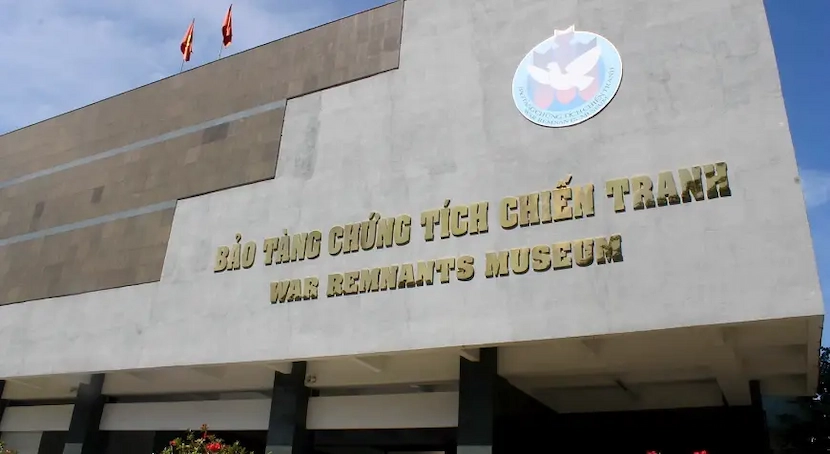
- On August 13, 1975, the Party Standing Committee of Ho Chi Minh City established the American & their Puppets Crime Exhibition House and began the process of collecting documents, artifacts, and images.
- On September 4, 1975, the Exhibition House officially opened.
- On November 10, 1990, the name was changed to the War Crimes of Aggression Exhibition House.
- On July 4, 1995, it was changed to War Remnants Museum.
- On November 6, 1998, at the 3rd International Conference of Peace Museums in Japan, the museum was recognized as a member of ICOM (International Peace Museum System).
- In 2002, construction began on a new building.
- In March 2010, the work was completed.
- On April 28, 2010, the War Remnants Museum was inaugurated.
Today, the museum is managed by the Department of Culture and Sports of Ho Chi Minh City. It is not just a place for tourists to visit but also a venue for the city's major cultural events.
2. Address of Ho Chi Minh City War Remnants Museum
Located at 28 Vo Van Tan Street, Ward 6, District 3, Ho Chi Minh City, the War Remnants Museum of Ho Chi Minh City is a modern building with a total area of 4,522 square meters. In addition, there are also several outdoor exhibitions covering a total of 3,026 square meters.
3. What to see inside – Top exhibitions
The museum consists of 3 floors, with a total of 8 thematic areas, each floor displaying different images with different themes. The content displayed at the museum is not according to historical chronology but mainly in the order of issues about the community and for the community.
3.1. Outdoor display: Military equipment

The yard is a collection of heavy weapons, including M84 and M41 tanks, reconnaissance aircraft, jets, artillery, helicopters, and small warships. They are all trophy weapons captured by the Vietnamese army during the Vietnam War.
3.2. Historical truths gallery
This is a gallery of 66 photos, 20 documents, and 153 artifacts. All testify to the process of French colonialism and the American army waging a war of aggression against Vietnam.
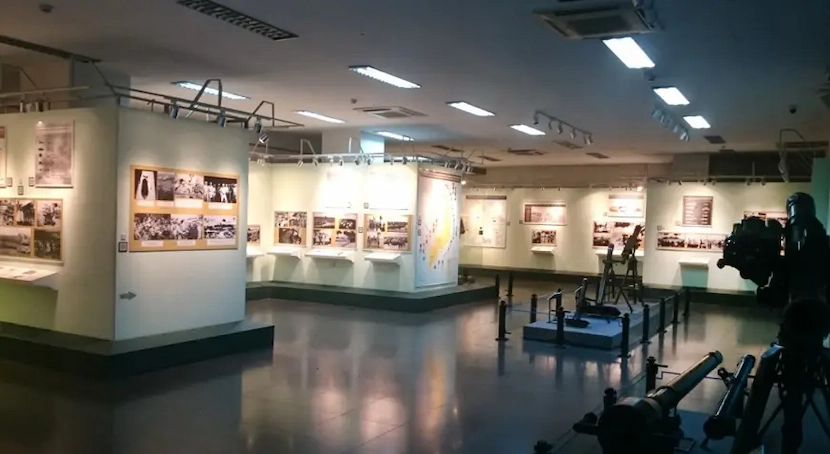
After the North of Vietnam gained independence and defeated the French army, the US army intervened by rejecting the Geneva Accords. They brought soldiers, mercenaries, bombs, bullets, and death to this land, and every single piece of detail is recorded here.
3.3. Photo collection: Reminiscence
"Reminiscence" is a collection of photos about the war in Vietnam made by two British journalists, Tim Page and Horst Faas, with the help of the Vietnam News Agency.
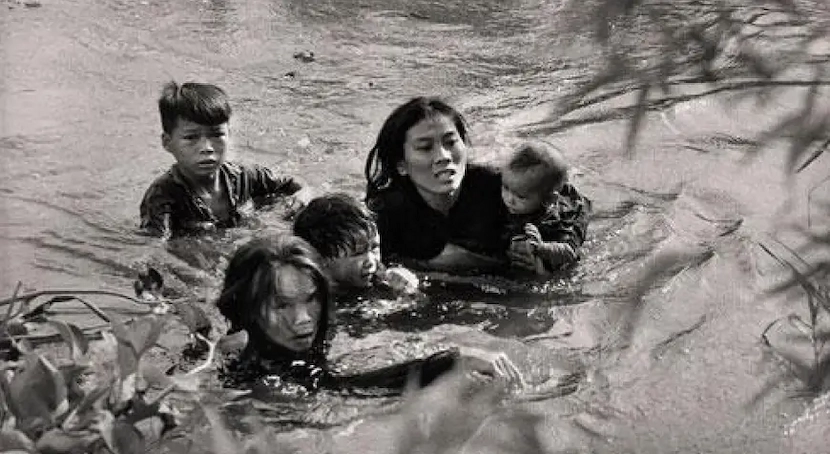
The collection includes 275 photos of 134 reporters from 11 different countries who died in the Indochina battlefield. "Reminiscence" is a message filled with blood, tears, and suffering of war caused by evil forces in Vietnam.
3.4. War and Peace by Ishikawa Bunyo
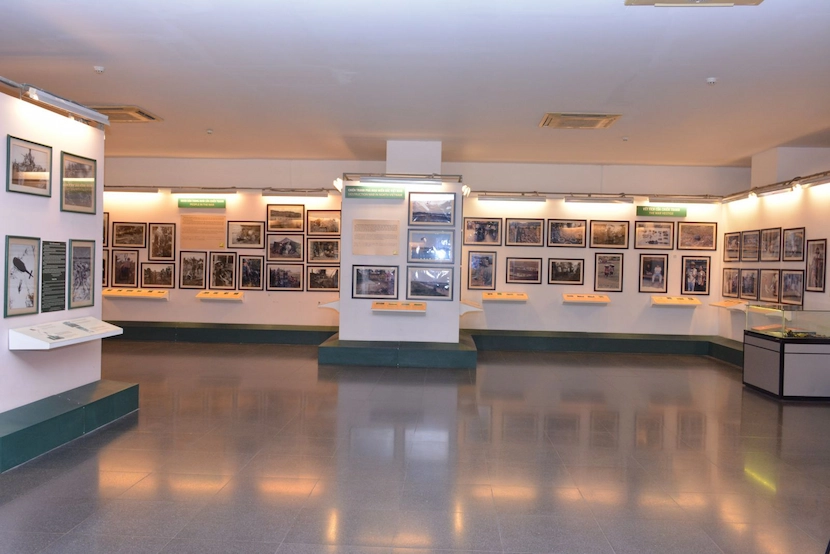
This is a display area of 123 photos taken by Japanese photographer - Ishikawa Bunyo - a reporter for Focus Studio Hong Kong. He lived and worked in Vietnam from 1965 until the end of the war. In 1998, this reporter donated most of his photographic works to the War Remnants Museum.
3.5. Agent orange impact – Goro Nakamura

This is also a photo collection made by Japanese photographer Goro Nakamura with 42 works. Since 1961, he has devoted most of his time to recording images of the war in Vietnam, especially about the Agent Orange disaster caused by the US; and we know for sure that this chemical substance has claimed the lives of many souls.
3.6. War crimes of aggression
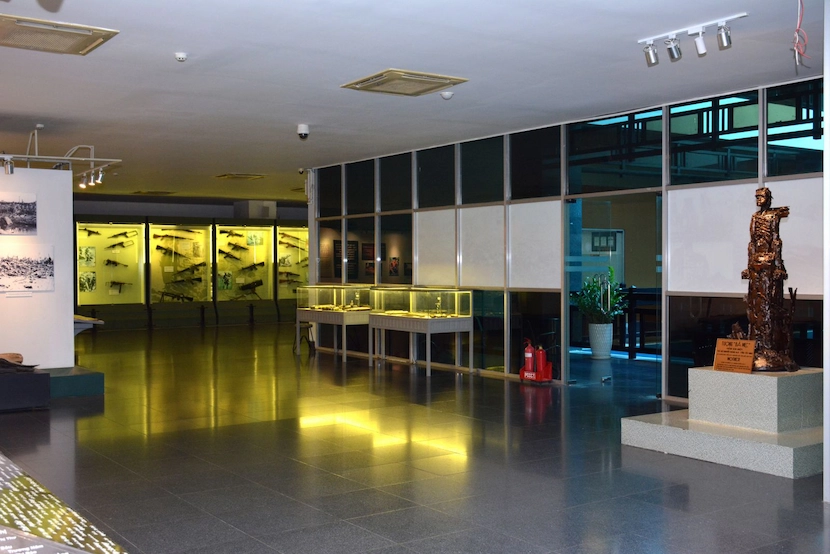
The “War Crimes of Aggression” is a major thematic area at the HCMC War Remnants Museum. It exhibits 125 photos, 22 documents, and 243 artifacts, including guns, spear nets, weapons, etc., as evidence of crimes and consequences of war on the country and people of Vietnam.
3.7. Victims of agent orange

This is the area that has brought the most tears to visitors' eyes at the Ho Chi Minh City War Relics Museum. It has more than 100 photos, 10 documents, and artifacts recording the suffering of the victims of this chemical warfare. They reveal the crimes of the US military during the war and show the pains that these victims must endure in life.
3.8. Global support for Vietnam

The thematic area includes 100 photos and 145 documents and artifacts recording anti-war protests, protest rallies, conferences, and seminars of many people around the world that took place for a common purpose - supporting Vietnam's resistance war. In addition, American veterans also donated their keepsakes to the War Remnants Museum to show respect for the Vietnamese people as well as their regrets.
3.9. Prison regime during the invasion of Vietnam
The most unique and unforgettable image of the War Remnants Museum is probably the "Tiger Cage", which is a relatively identical simulation of the image of the "Tiger Cage" at Con Dao prison. It includes 2 compartments, each 3m long and 2m wide, woven with barbed wire along with 2 prisoner statues. Even though it's just a reconstructed model, the "Tiger's Cage" succeeded in portraying images of the brutal torture of prisoners by the US imperialists. Depending on the type of "tiger cage", prisoners must lie on the barbed wire that punctures their skin with a series of brutal forms of torture.
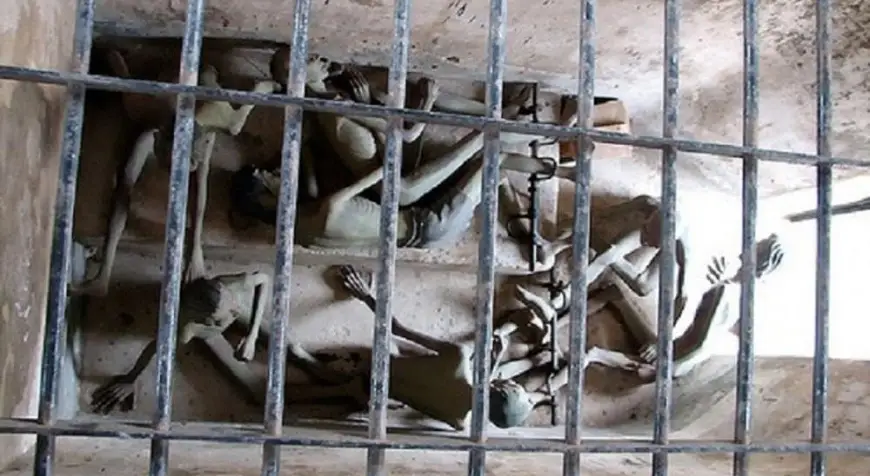
These pictures also show the endurance of the Vietnamese people and the sacrifice of their own lives in the cause of regaining independence for the motherland.
4. Ticket price
The Ho Chi Minh City War Remnants Museum has a ticket price of 40,000 VND/adult.
Free entry for children under 6 years old.
50% ticket price for children aged 6 - 15.
For more details, please see here: War Remnants ticket price
5. Opening hours of Ho Chi Minh City War Remnants Museum
- Operating hours are from 7:30 a.m. to 6:00 p.m.
- Ho Chi Minh City War Remnants Museum is open every day of the week, including holidays and New Year.
6. Tips for visiting the War Remnants Museum
- Dress politely and behave properly during the tour.
- Park your car in the right place, and maintain order and hygiene at the museum.
- Line up in order when buying tickets, and present tickets to the control staff before entering.
- Leave bulky luggage in the duty room and take care of your personal belongings.
- Follow the instructions of the museum staff and instruction boards during the tour.
- Do not bring weapons, toxic substances, banned substances, or flammable or explosive substances into the museum.
- No smoking within the exhibition premises; do not write or draw on objects.
- All recording activities or organization of other activities must be approved by the museum.
- Contact staff for assistance when you need to register for a guided tour.
- Be responsible for compensation if any damage is caused to the museum.
We hope this article has provided you with helpful information about War Remnants Museum. Whether you're a history enthusiast or a casual traveler, the War Remnants Museum is a must-visit for anyone seeking to understand Vietnam's journey through war and peace. If you have any further questions about Ho Chi Minh City tours, feel free to leave a comment below or contact us via email: [email protected] for instant assistance.
See more:
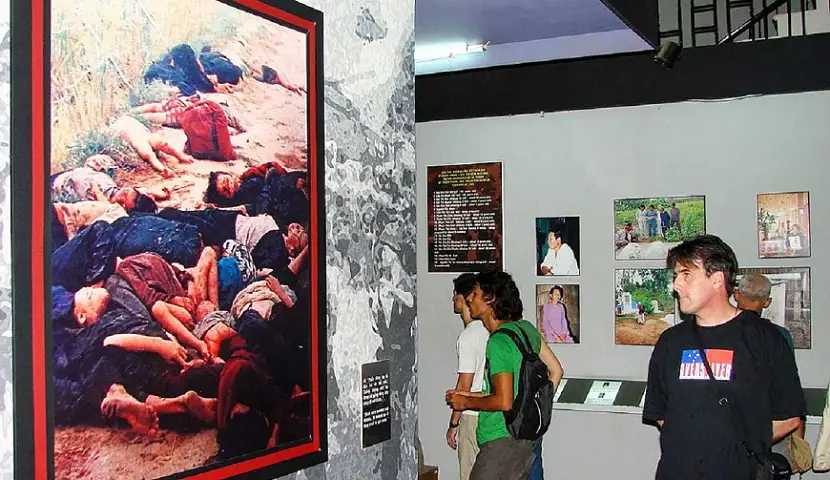







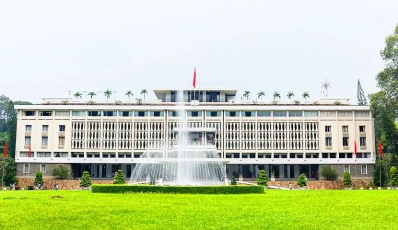
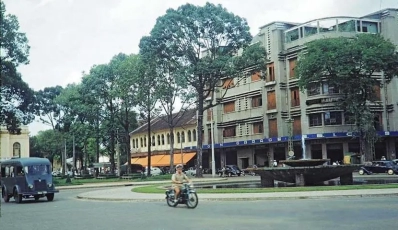

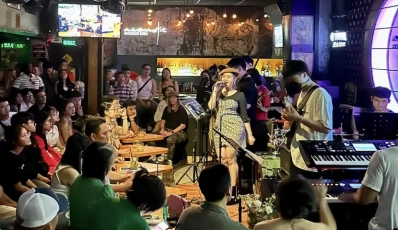
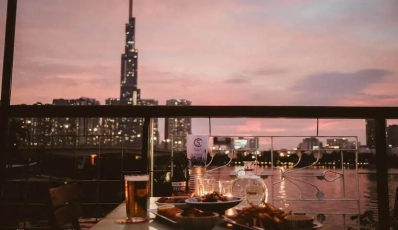
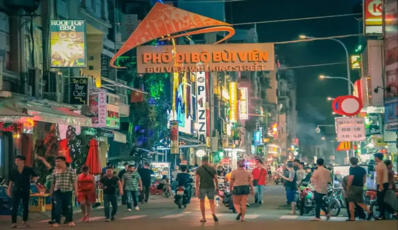


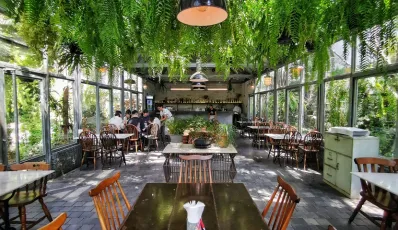




 TRAVELERS' CHOICE 2025
TRAVELERS' CHOICE 2025 



02 Comments
Japan
Are there any other war-related sites in Ho Chi Minh City that complement the museum visit?
Vietnam
Write Reply